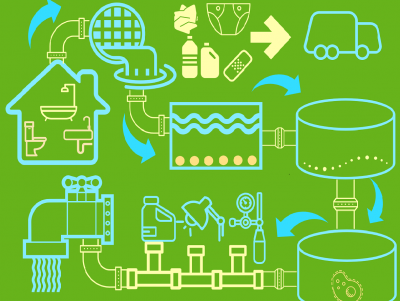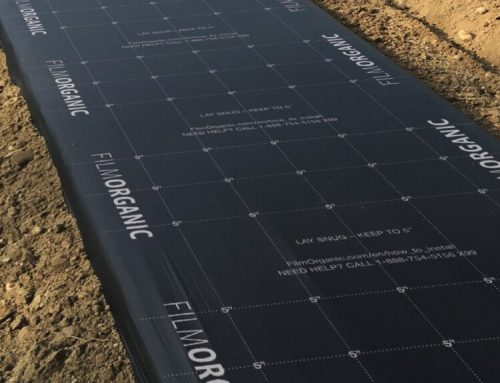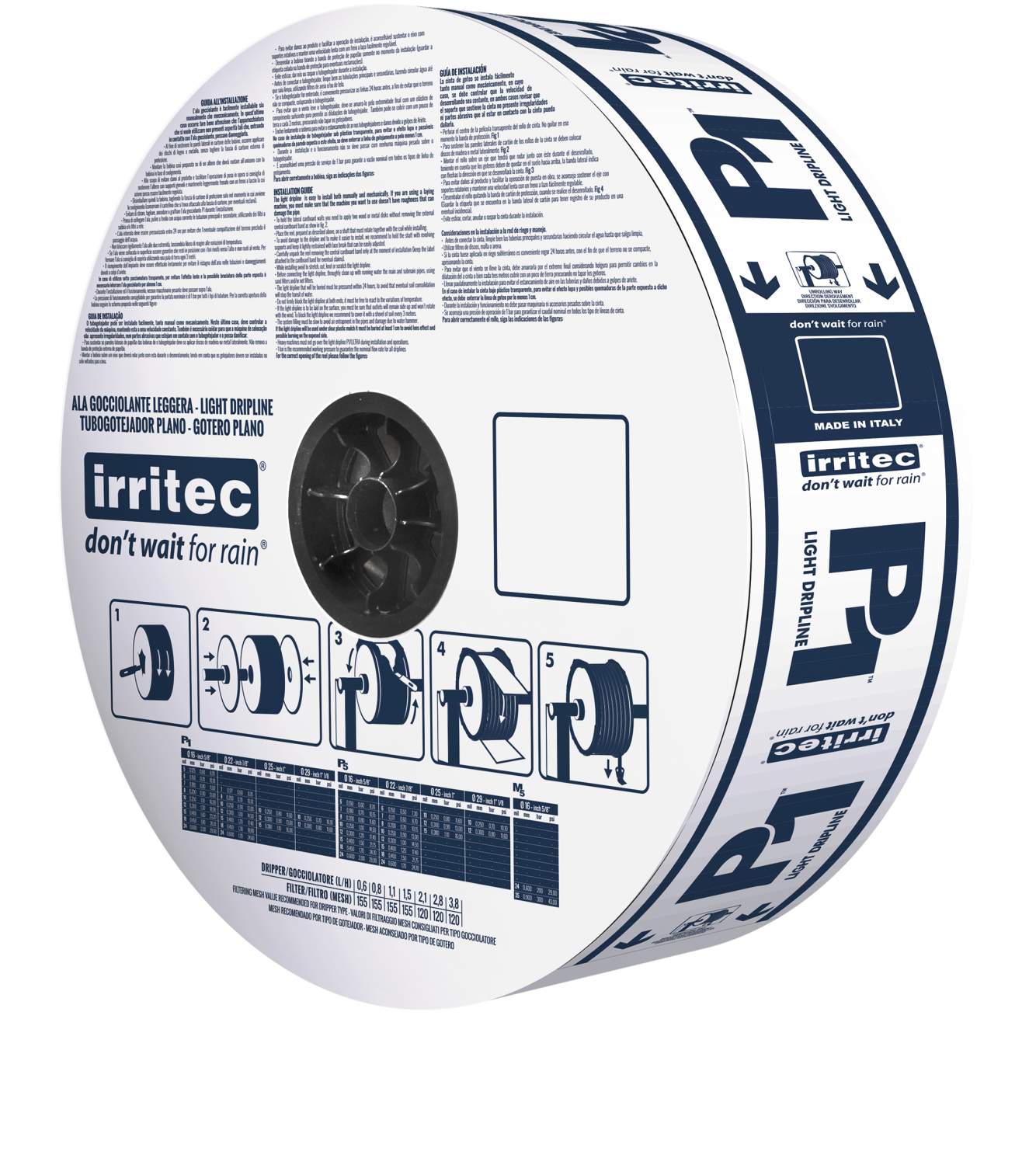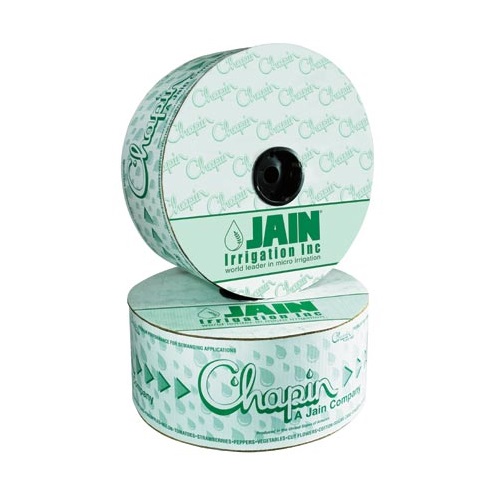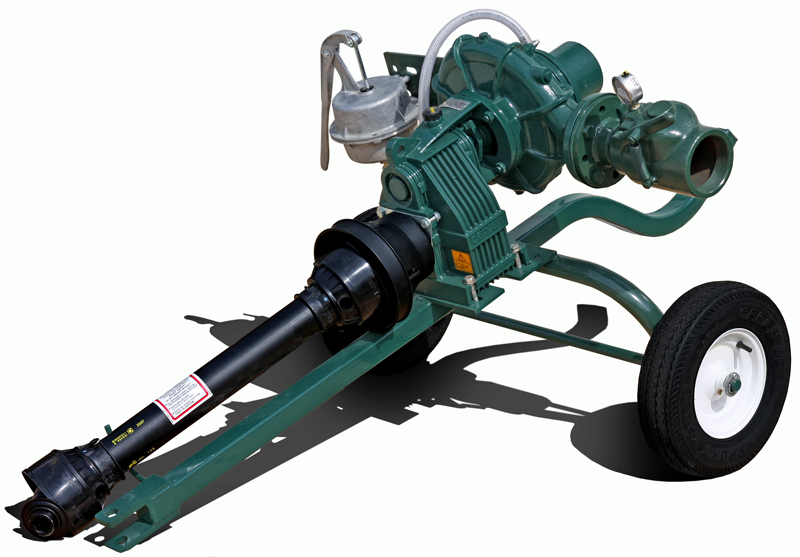One of the great things about living in the united states is the readily available drinking water. For the majority of people, it is as simple as turning on the tap. The water immediately flows, and whatever isn’t used can be poured down the drain. It’s a mindless task we do dozens of times every day, so often that many of us take this luxury for granted. But do you ever wonder what happens to the water that goes down your drains? Every drain leads to a wastewater treatment plant, where it is cleaned and then released back into the water cycle. It is a fascinating, multistep process that uses innovative technology. Without it, we would be overrun by sewage and dirty water. So how is our wastewater cleaned?
- Once the water reaches the treatment plant, the first step uses a bar screen to filter out large objects like diapers, trash, and anything else. A bar screen is simply metal bars on a rotating belt that block and pull the large debris out of the water while allowing everything else to pass. Once removed, the trash is taken to landfills. This stage is called pretreatment, and is essential because large objects could damage or break the filters in later steps.
- Next, the water flows through a grit chamber. The grit chamber slows the flow of the water and allows particles of mineral and sand settle. The process of slowing water is continued into the next step, primary clarifiers.
- Primary clarifiers are large basins that continue to allow particles to settle. The slightly treated water that this step produces is referred to as effluent. Everything smaller than 10 micrometers is filtered out by the primary clarifiers, and only small biological matter is allowed to continue into step four.
- In step four, the effluent is pumped through aeration basins. Here, bacteria is introduced. These bacteria eat the microscopic particles of organic matter in the effluent. The water is also run over hundreds of tiny air pumps whose purpose is to release oxygen into the water. The oxygen is added so that aerobic digestion, or the breakdown of organic matter by using excess oxygen. This process creates a bacterial sludge. The sludge is removed in the next step, where the water is sent to clarifiers. In the clarifiers, the sludge is removed from the water and returned to the aeration basins to continue feeding. This is the final step where particles are removed from the effluent. At this point, 85% of organic matter is gone from the water, and in most cases the effluent is safe to drink (not that you would want to!)
- The final step before the water can be discharged is disinfection. The effluent can be disinfected through three different ways, by using either chlorine, ozone, or ultraviolet rays. Chlorine is a strong chemical that will kill all organic matter in the effluent, but it has to be removed before the water can be discharged to avoid environmental damage. Ozone disinfection is a process that uses electrical currents to combine oxygen in the water to create o3, or ozone. Ozone is a powerful oxidant that causes rapid cell decomposition. The third option is ultraviolet light. The UV rays do not kill the bacteria in the water, but simply sterilize it. The bacteria are now harmless and unable to reproduce if consumed. Each of these disinfection processes have their own
advantages and disadvantages. Wastewater treatment plants will choose the best option based on cost, and amount of sewage treated.
Lastly, the effluent is released. In most cases, the effluent is released directly into a stream or lake, but in some areas, the water is sent to another treatment plant to be processed and treated for consumption. The process of wastewater treatment, from leaving your drain until release takes around 24-36 hours.
When you run your tap, there’s a good chance that the water you’re drinking once ran down someone else’s drain. Thanks to modern water treatment plants, dirty water can be cleaned, filtered and reused. Next time you run your shower, flush your toilet, or have a drink of water, remember to thank your local municipal wastewater treatment plant!


